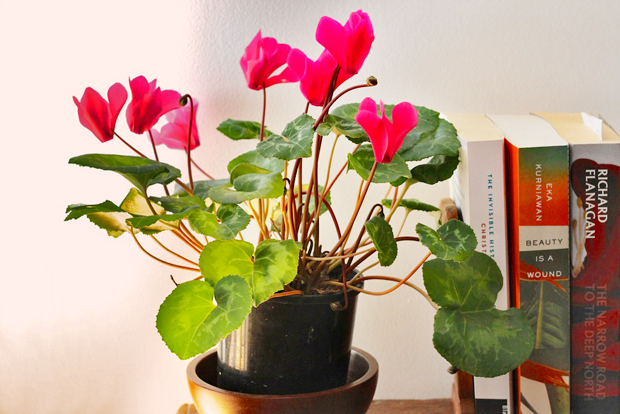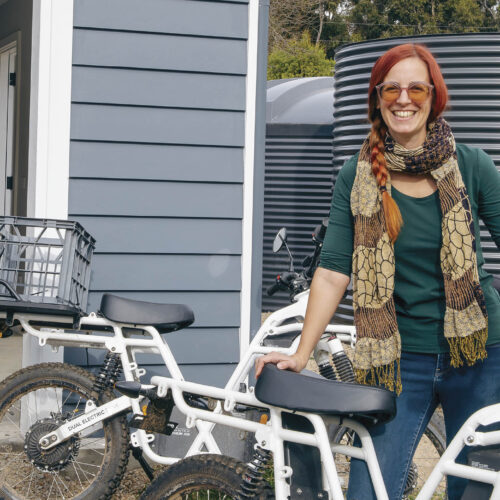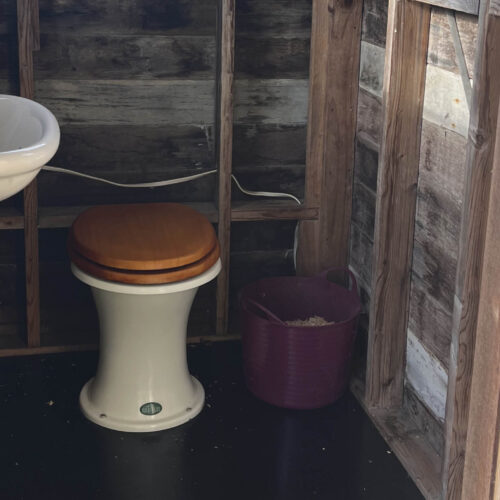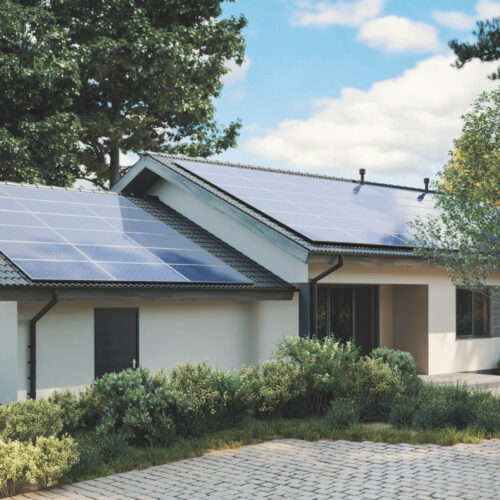Healthier air
2016-04-12T04:42:20+10:00
Indoor plants make your air cleaner, says PENNY WOODWARD. Here, she explains how.
With the addition of a small extension to our home, it reminded me all over again how many of the materials used in buildings contain glues and preservatives that ‘out gas’. Fortunately I am able to open windows and doors to allow chemicals given off to dissipate over time. This is not an option for many people.
Australia is one of the most urbanised countries in the world, and most people spend more than 90% of their time inside. And although we know about a whole range of air pollutants caused by things such as incomplete combustion in car engines, we tend to assume that inside the air is better, cleaner. Unfortunately that is not the case, in fact inside air is often five and even ten times more polluted then the outside air. As well as polluted air coming in from outside, Volatile Organic Compounds (VOCs) such as formaldahydes and benzene are emitted by plastics, carpets, couches, curtains, clothes, computers, copiers as well as paints, fire board, MDF, glues, gas stoves and more. Unless they are new, the VOCs emitted are usually at low background levels but they can still cause headaches, concentration loss, eye problems, sore throats. Combined, these affects are known as sick building syndrome.
So why am I talking about all this on a gardening blog. It’s because plants can make a difference, but perhaps not in the way you would think. Work done at the Plant Environmental Quality Group at the University of Technology in Sydney showed that in an office where VOCs were at a level of 450ppb (some people start feeling sick when levels are as low at 200ppb), if three or more plants were placed in the room, then the levels were reduced to 100ppb.
So how does this happen. The leaves take up some of the VOCs, but its actually the bacteria in the soil that are taking up most of the chemicals. But this doesn’t mean you can just deposit a pot of soil on your desk and it will improve your air. The bacteria need the plants and their roots to survive, before they can absorb the VOCs. If you are growing plants to absorb CO2 then larger leafed plants are best, but if it’s mainly the VOCs that you want to remove then it doesn’t matter which plants you have, as long as they are growing in soils. A UK study found that a house with 6 or more pot plants had a third of the nitrous oxides in the air, compared to one without plants.
Whether you are in an office, at home or another sort of building altogether, I suggest that your next purchase should be a plant. Some easy ones to grow inside are peace lilies, bromeliads, dracaena, dwarf date palms, ferns, rubber plants and cyclamens.
For more information about the research go to this article






